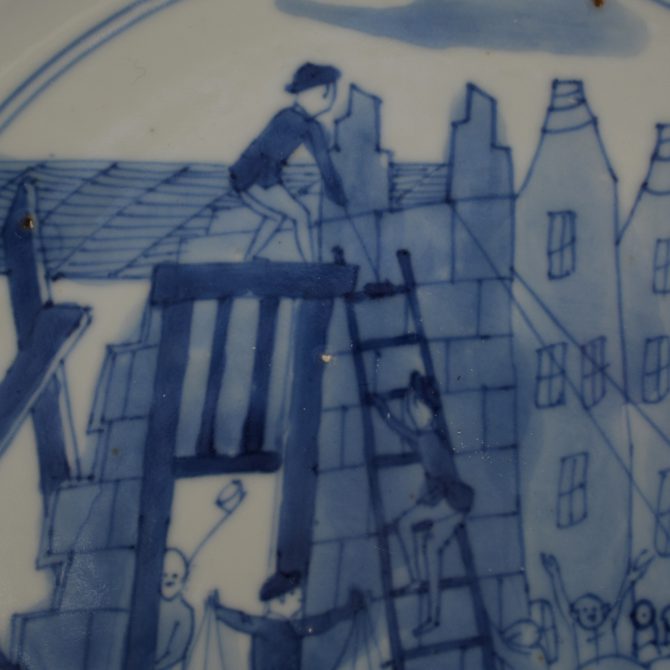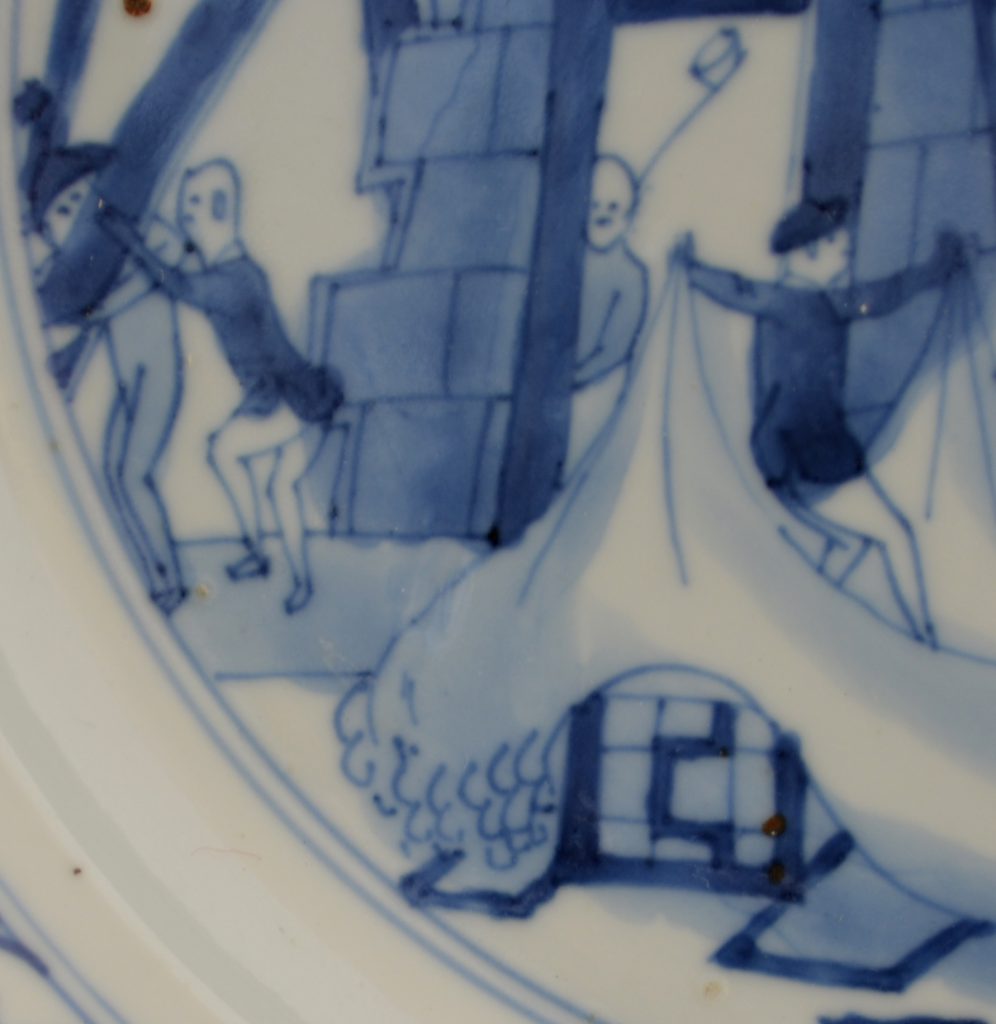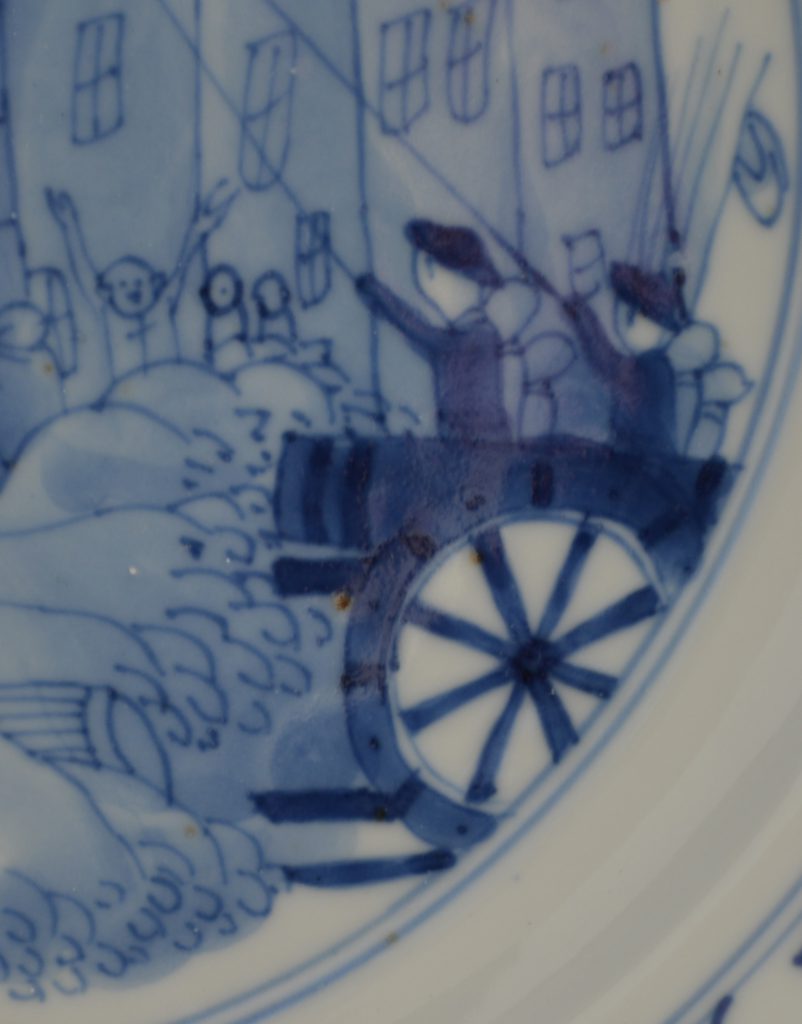
KANGXI 1662 – 1722 Chinese Export Porcelain
A Chinese Export Porcelain `Rotterdam Riot` Plate, Kangxi c.1692-1695. Painted in Blue and White, The Base with a Chenghua Mark (Ming Dynasty 1465-1487).
SOLD
- Condition
- In perfect condition. Some iron oxide spots in the glaze.
- Size
- Diameter : 20 cm (8 inches)
- Provenance
- N/A
- Stock number
- 24345
Information
The central scene is taken from a medal by Jan Smeltzing (1656-1693) after an engraving by Gerard van Loon. The Medal was struck in silver, pewter and gold (L.S.Forrer Biographical Dictionary of Medallists, Vol V, p550) despite the 1688 Dutch edict that prohibited the making, printing, and retailing of "scandalous and infamous lampoons". The Smeltzing medal was secretly set to China as a model for a large porcelain order. Howard & Ayers, China for the West, vol.I, p. 60, gives a detailed account of this riot following the execution of Cornelis Kosterman in 1690. The chief bailiff, Van Zuylen van Nijevelt, had sentenced this young guard from the Rotterdam City Hall to death in his attempt to steal some wine from the cellars for a celebration with his colleagues. Howard & Ayers illustrate, China for the West, no. 15, a severed head of Cornelis Kosterman on a funerary monument, which was taken from the reverse of the medal is show in the well of the teabowls. This pattern is usually encountered on standard 8 1/2 inch plates. Small teabowls and saucers appear to be the only other form used for this design. I have given a very precise date for this plate, as the interest in this design must have been quite ephemeral. By the time the medal was stuck, sent to China to be copied and sent back the following year, the event depicted would have been `old news`. The scene of this riot in Rotterdam is the first depiction of a European political event on Chinese porcelain that I know of.
Apocryphal Marks on Kangxi Porcelain :
Apocryphal marks are frequently encountered on Kangxi Blue and White Porcelain, the mark of the Ming Emperor Chenghua who reigned from 1465 to 1487 being by far the most common, other Ming marks being Jiajing (1522-1566) and less frequently Wanli (1573-1620). These marks were not added to the piece to deceive, but more as a sign of reverence to earlier potters from the Ming dynasty. Occasionally they are used on pieces copying Ming Porcelain, these were probably made for collectors who could not afford the Ming original.

